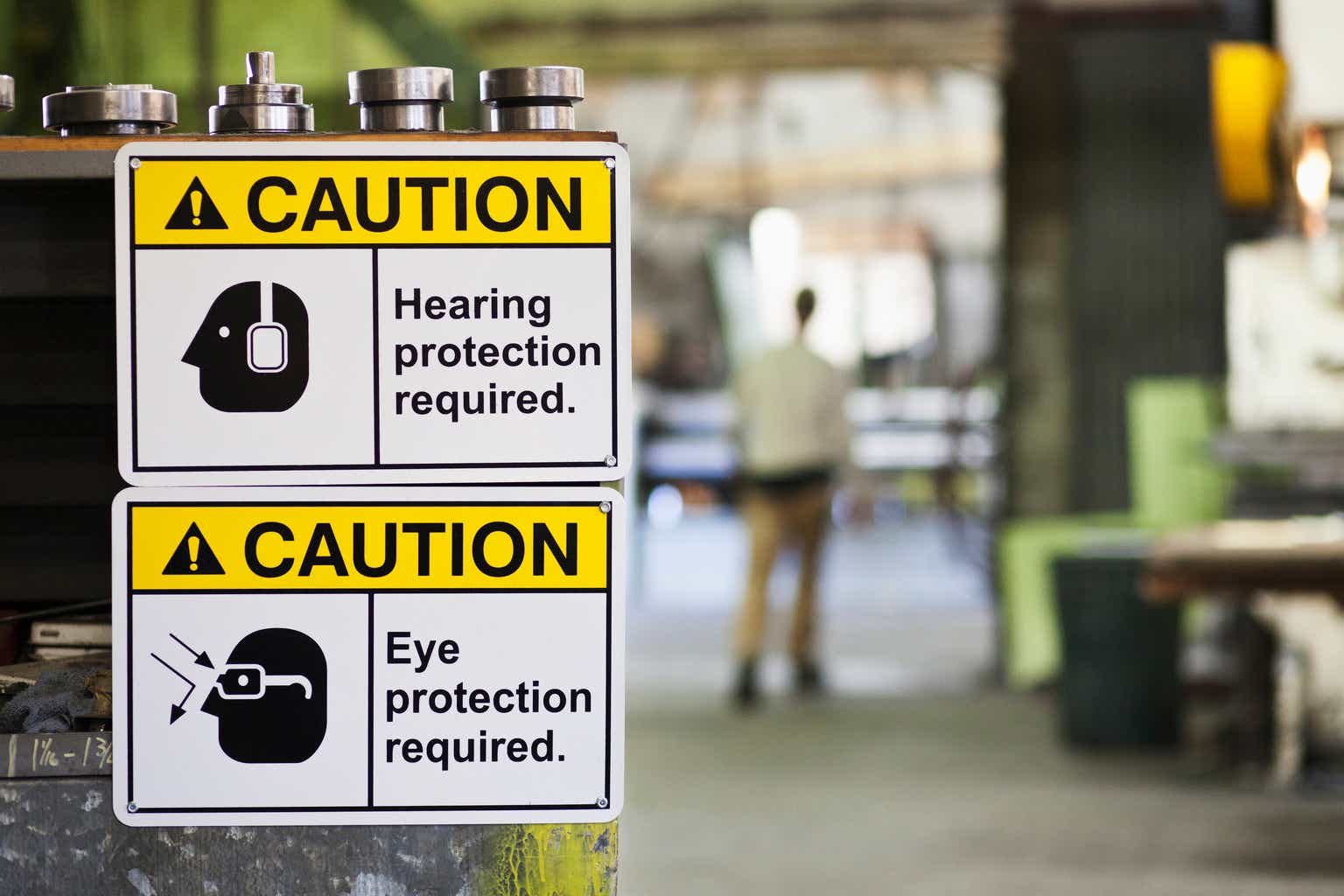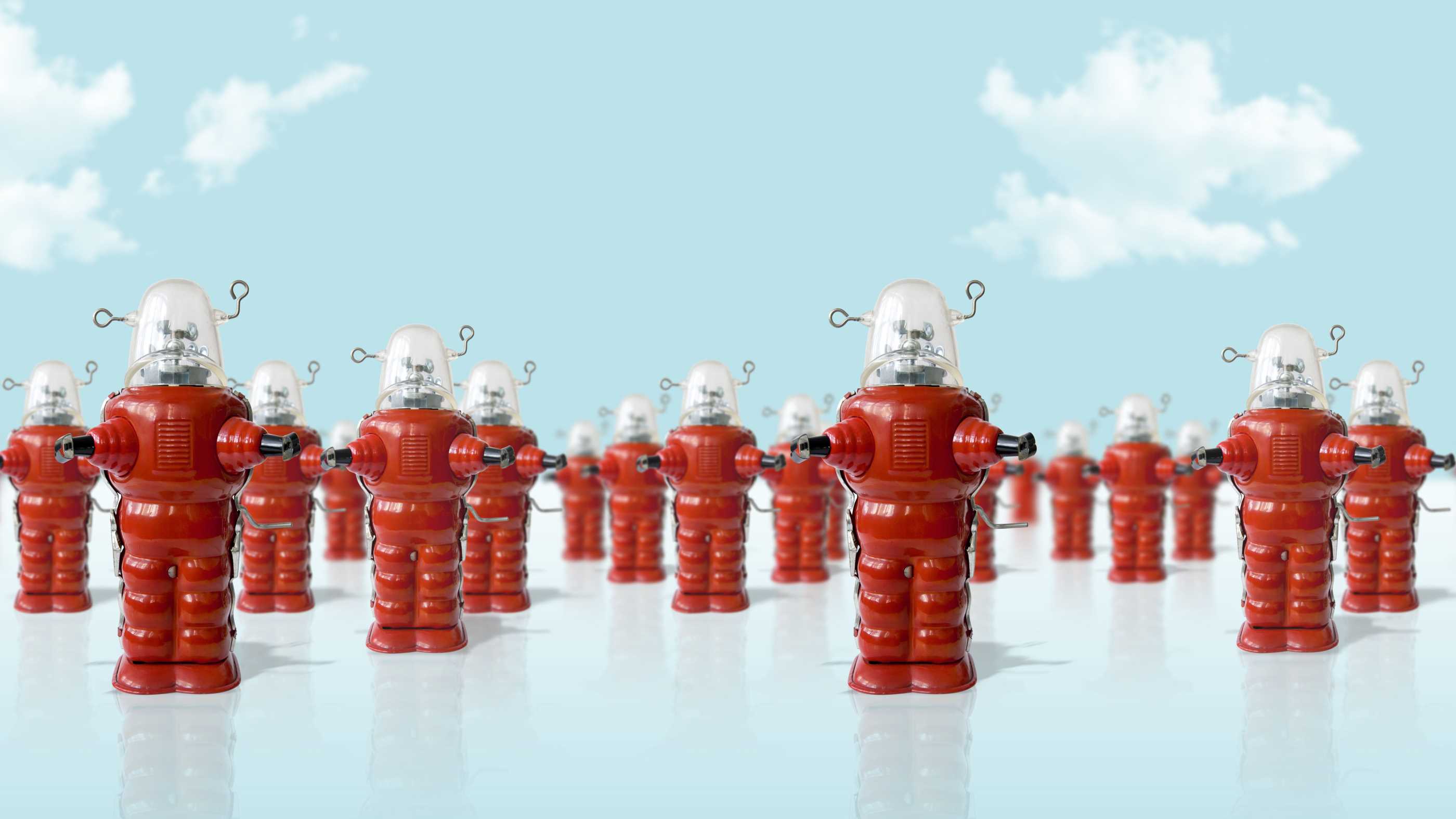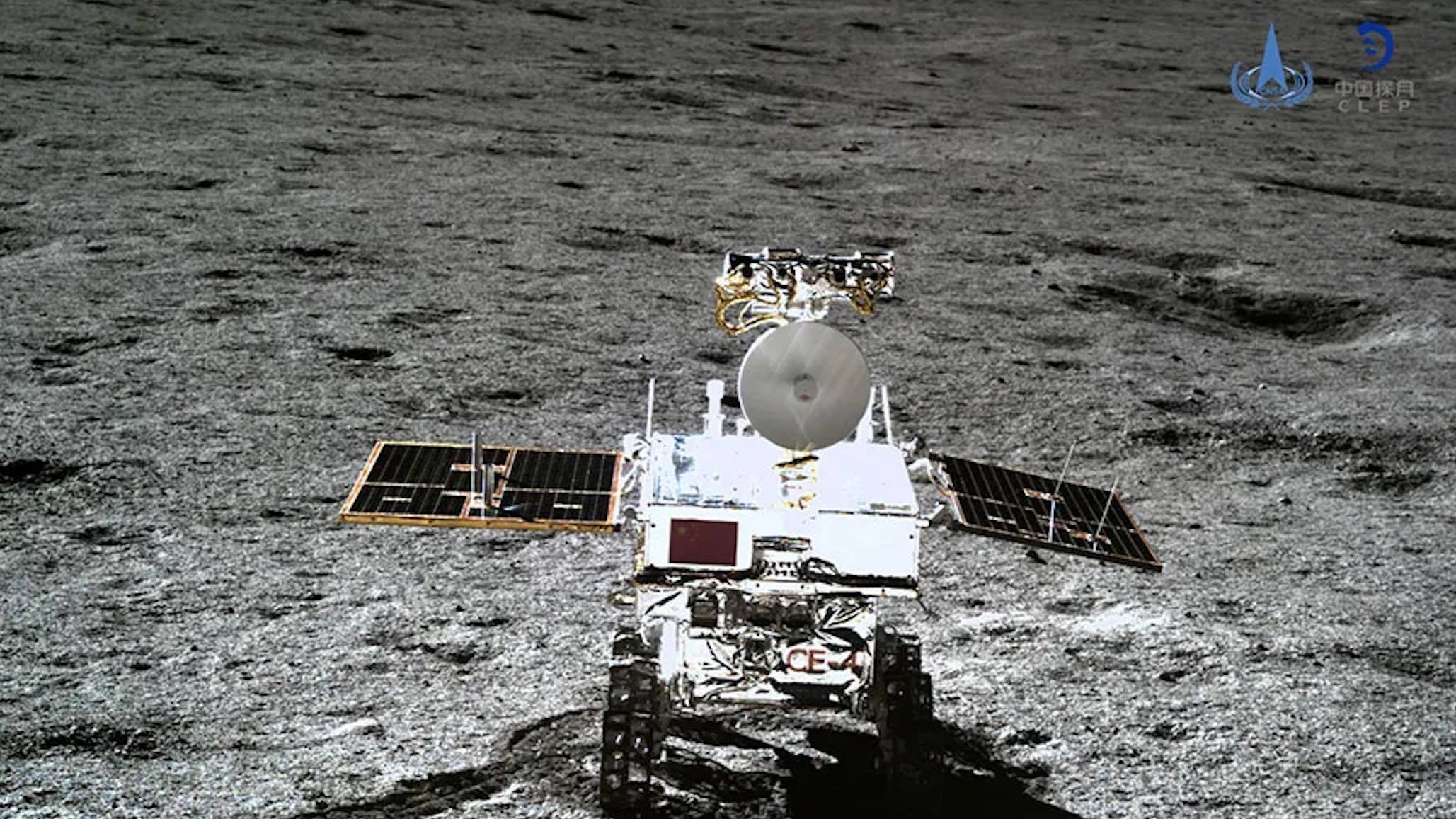How Robotics is Transforming Foundry Operations: From Casting to Material Handling
The foundry industry, traditionally reliant on labor-intensive and high-risk processes, is experiencing a revolution with the integration of robotics. Automation is enhancing efficiency, safety, and productivity across casting, material handling, and quality control operations. Here’s how robotics is redefining the foundry sector. Robotics in Casting Operations Advanced robotic systems are now essential in key casting processes such as mold preparation, molten metal pouring, and product handling. These technologies introduce precision and reliability, minimizing human errors and ensuring higher production efficiency. Robotic arms equipped with specialized tools perform intricate tasks, such as pouring molten metal with exceptional accuracy. This not only reduces human exposure to extreme temperatures but also guarantees uniform quality in the final products. For instance, leading robotic solutions from companies like FANUC offer unparalleled precision in mold handling and metal pouring. Additionally, automated monitoring systems integrated with robotics allow real-time adjustments during casting, ensuring strict adherence to quality standards. Learn more about Leister Technologies' Projects in Foundry Automation and how automation is optimizing these processes. Robotics in Material Handling Efficient material transport is a crucial aspect of foundry operations, and robotics has significantly improved safety and workflow optimization. Handling hot and heavy components manually posed significant risks to workers in the past. However, autonomous guided vehicles (AGVs) and robotic transport systems have eliminated these dangers while streamlining production. Companies such as KUKA and ABB have developed robotic transport solutions designed to operate under extreme conditions, such as high temperatures and substantial loads. These innovations not only enhance operational efficiency but also minimize downtime. Explore Leister Technologies' Innovations in Material Handling to see how robotics is transforming foundry logistics. Robotics in Quality Control and Inspection Quality assurance is a critical component of foundry operations, and robotics has revolutionized the inspection process. Automated systems equipped with advanced imaging and sensor technology can evaluate cast products with greater accuracy and speed than manual methods. For example, robotic inspection solutions from Creaform use non-destructive testing techniques to identify defects early in production. This leads to reduced waste and increased consistency in finished products. Gain insights into cutting-edge quality control solutions by visiting Leister Technologies' Approach to Automated Quality Control. Robotics for Enhanced Workplace Safety The integration of robotics has significantly improved workplace safety by automating hazardous tasks. Manual handling of heavy materials and exposure to extreme heat are major risks in foundries, but robotic systems have effectively minimized these dangers. Modern robots are equipped with built-in safety protocols, including emergency stop functions and collision detection systems, ensuring a secure working environment for both employees and machinery. By reducing injury risks, companies can cultivate a safer and more efficient workplace. The Future of Robotics in Foundries As robotics technology continues to evolve, the future of foundry operations looks increasingly automated and intelligent. Innovations in artificial intelligence (AI) and machine learning are enabling robots to adapt to changing conditions, optimizing flexibility and efficiency in production. AI-powered predictive maintenance ensures robotic systems receive proactive servicing, reducing downtime and improving reliability. Additionally, collaborative robots (cobots) are becoming more prevalent, allowing humans and robots to work together seamlessly and bridging the gap between manual labor and full automation. Conclusion Robotics is revolutionizing the foundry industry by automating key processes, enhancing safety, and ensuring high-quality outputs. From casting to material transport, robotic solutions are paving the way for a safer, more efficient manufacturing environment. As technology advances, the potential for robotics in foundries will continue to grow, driving innovation and productivity. To learn more about how robotics is transforming modern manufacturing, visit Leister Technologies and explore their groundbreaking projects and solutions.

The foundry industry, traditionally reliant on labor-intensive and high-risk processes, is experiencing a revolution with the integration of robotics. Automation is enhancing efficiency, safety, and productivity across casting, material handling, and quality control operations. Here’s how robotics is redefining the foundry sector.
- Robotics in Casting Operations
Advanced robotic systems are now essential in key casting processes such as mold preparation, molten metal pouring, and product handling. These technologies introduce precision and reliability, minimizing human errors and ensuring higher production efficiency.
Robotic arms equipped with specialized tools perform intricate tasks, such as pouring molten metal with exceptional accuracy. This not only reduces human exposure to extreme temperatures but also guarantees uniform quality in the final products. For instance, leading robotic solutions from companies like FANUC offer unparalleled precision in mold handling and metal pouring.
Additionally, automated monitoring systems integrated with robotics allow real-time adjustments during casting, ensuring strict adherence to quality standards. Learn more about Leister Technologies' Projects in Foundry Automation and how automation is optimizing these processes.
- Robotics in Material Handling
Efficient material transport is a crucial aspect of foundry operations, and robotics has significantly improved safety and workflow optimization. Handling hot and heavy components manually posed significant risks to workers in the past. However, autonomous guided vehicles (AGVs) and robotic transport systems have eliminated these dangers while streamlining production.
Companies such as KUKA and ABB have developed robotic transport solutions designed to operate under extreme conditions, such as high temperatures and substantial loads. These innovations not only enhance operational efficiency but also minimize downtime. Explore Leister Technologies' Innovations in Material Handling to see how robotics is transforming foundry logistics.
- Robotics in Quality Control and Inspection
Quality assurance is a critical component of foundry operations, and robotics has revolutionized the inspection process. Automated systems equipped with advanced imaging and sensor technology can evaluate cast products with greater accuracy and speed than manual methods.
For example, robotic inspection solutions from Creaform use non-destructive testing techniques to identify defects early in production. This leads to reduced waste and increased consistency in finished products. Gain insights into cutting-edge quality control solutions by visiting Leister Technologies' Approach to Automated Quality Control.
- Robotics for Enhanced Workplace Safety
The integration of robotics has significantly improved workplace safety by automating hazardous tasks. Manual handling of heavy materials and exposure to extreme heat are major risks in foundries, but robotic systems have effectively minimized these dangers.
Modern robots are equipped with built-in safety protocols, including emergency stop functions and collision detection systems, ensuring a secure working environment for both employees and machinery. By reducing injury risks, companies can cultivate a safer and more efficient workplace.
- The Future of Robotics in Foundries
As robotics technology continues to evolve, the future of foundry operations looks increasingly automated and intelligent. Innovations in artificial intelligence (AI) and machine learning are enabling robots to adapt to changing conditions, optimizing flexibility and efficiency in production.
AI-powered predictive maintenance ensures robotic systems receive proactive servicing, reducing downtime and improving reliability. Additionally, collaborative robots (cobots) are becoming more prevalent, allowing humans and robots to work together seamlessly and bridging the gap between manual labor and full automation.
Conclusion
Robotics is revolutionizing the foundry industry by automating key processes, enhancing safety, and ensuring high-quality outputs. From casting to material transport, robotic solutions are paving the way for a safer, more efficient manufacturing environment. As technology advances, the potential for robotics in foundries will continue to grow, driving innovation and productivity.
To learn more about how robotics is transforming modern manufacturing, visit Leister Technologies and explore their groundbreaking projects and solutions.















































































